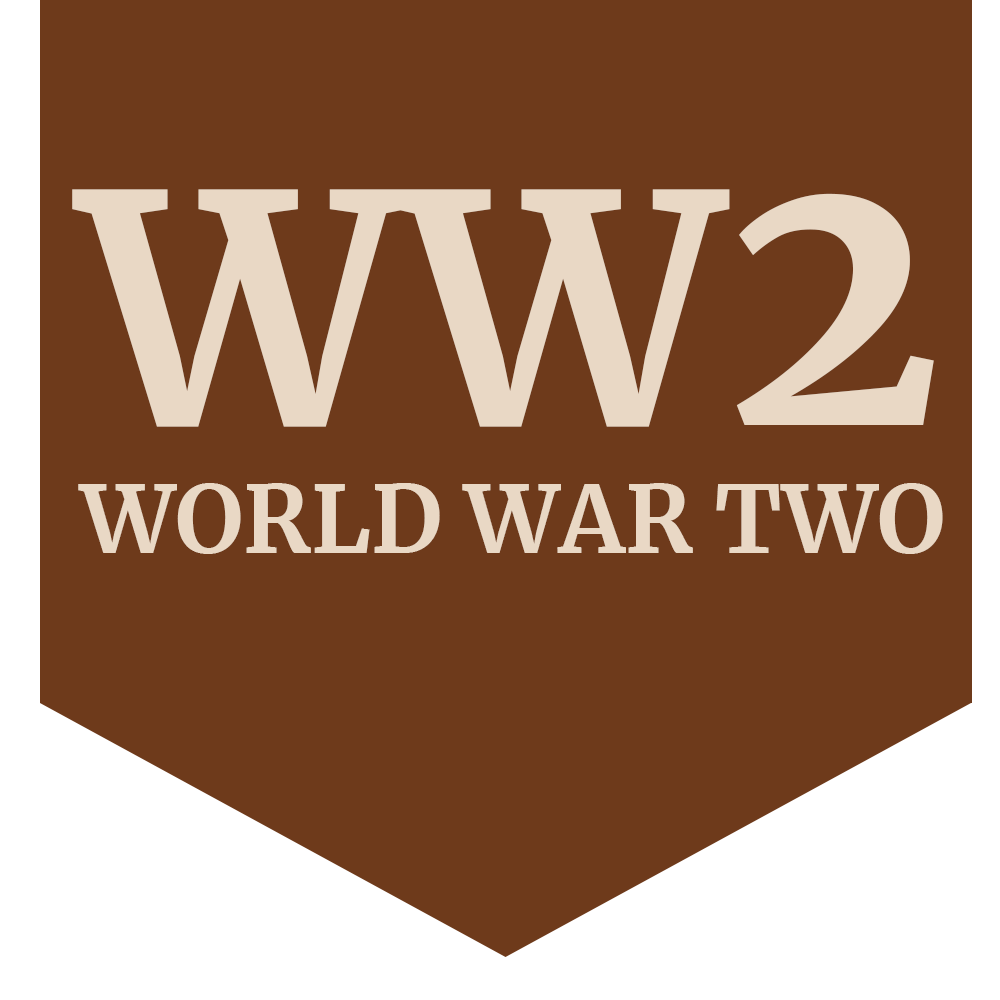
Philip Hardy Hemsley
In 1939, Hemsley was a traveller selling office sundries. His wife Kathleen was a nurse.
- Family History
- Military history
- Extra information
- Photographs
He was the son of Arthur and Lizzie Hemsley and the brother of Doris Irene and Gladys May Hemsley. In 1911, they lived at 8, Glebe Road, West Bridgford, Nottingham. They later moved to Sherwood, Nottingham. Philip Hemsley and Charlotte K Milford were married in 1939.
BOLOGNA WAR CEMETERY V, C, 9.
Baltimore V FW716
454 Squadron (Australian)
Hemsley was the navigator aboard this flight. Also killed were James William Alexander Duffy (pilot) and two wireless operator/gunners Gordon Rosss Adam and Kenneth Brennan Nunn-Pattrick.
They are all buried in Bologna War Cemetery.
454 Sqdn's Form 540 for 13/4/45 notes:
'Black Friday. It was with deep regret we learned today of the passing of the United States president Franklin Delano Roosevelt and a great leader of men.' It goes on to record the loss of two aircraft including Hemsley's - addding 'This was our first loss since beginning night operational intruder work.' 454 Sqdn's Form 540 TNA AIR 27-1895-27
The Martin 187 Baltimore was a twin-engined light attack bomber built by the Glenn L. Martin Company in the United States as the A-30. The model was originally ordered by the French in May 1940 as a follow-up to the earlier Martin Maryland, then in service in France. With the fall of France, the production series was diverted to Great Britain and after mid-1941, supplied by the U.S. as Lend Lease equipment.
Development of the Baltimore was hindered by a series of problems, although the type eventually became a versatile combat aircraft. Produced in large numbers, the Baltimore was not used operationally by United States armed forces but eventually served with the British, Canadian, Australian, South African, Hellenic and the Italian air forces. It was subsequently used almost exclusively in the Mediterranean and Middle East theatre of World War II. (Wikipedia)


